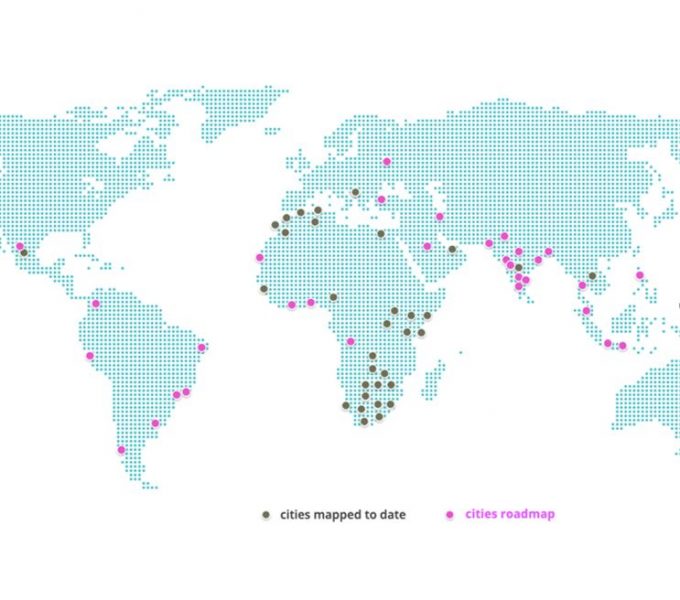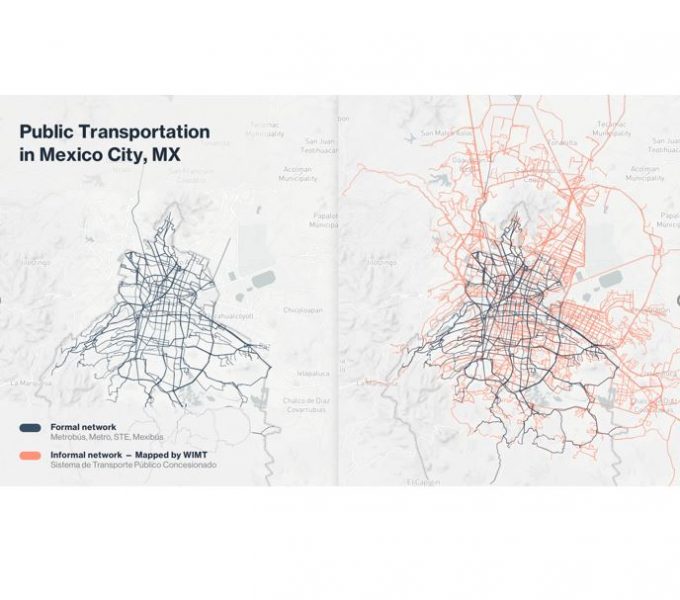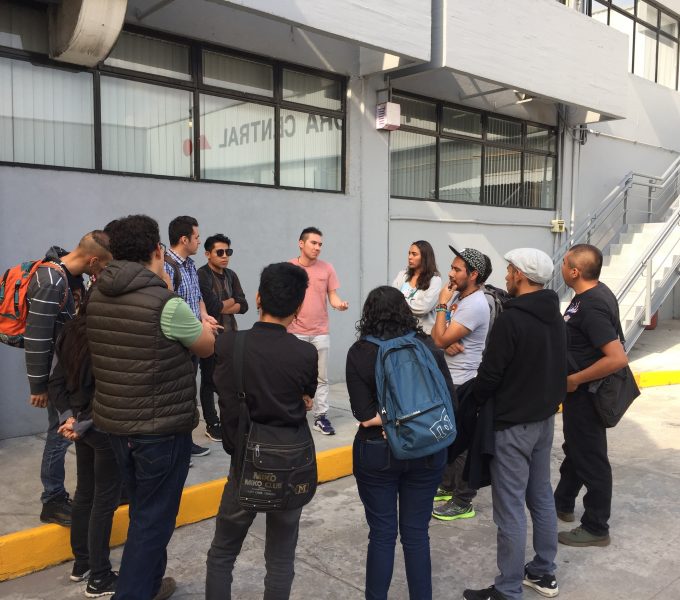In South Africa, for example, the government has spent more than 42 billion rand (3 billion USD) in the last decade on Public Transport strategies and infrastructure in the major cities, including formal public transport infrastructure like BRT systems and rail[1]. These systems are underutilised and highly subsidised, due primarily to poor planning and implementation[2]. As a result, lower income, marginalised populations – living on the peripheries of the major cities – remain excluded. Across the country, they rely on informally run minibus taxis to get around, taking more than 50 million trips every month. Three quarters of this population has an average monthly household income below R8000 ($56), of which up to 10% is spent on transport[3]. In Cape Town, the average travel time from the periphery settlements to major economic hubs is more than an hour, over an average distance of 27 km[4]. It’s the same story around the world: low income households are spending a disproportionate amount of their income and time on public transport, and minibus taxis, jitneys, matatus, etc. remain the backbone of mobility in emerging cities.
42 billion



